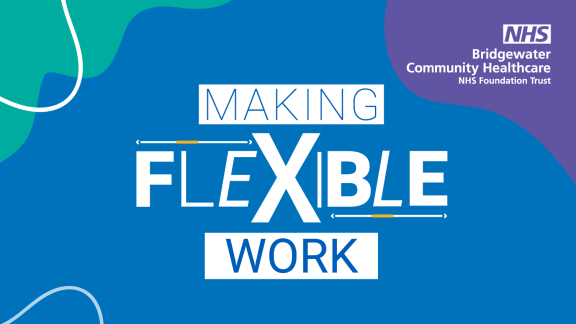Men's health guidance

This guidance helps organisations implement measures that support men's health and promote cultural change to reduce the stigma surrounding this topic.
According to gender statistics released by NHS Digital in 2025, over 22.5 per cent of our NHS workforce are male or identify as male. Out of a total of 2.6 million NHS staff, approximately 464,000 are men working in the NHS.
As part of the government’s 10-Year Health Plan for England, the upcoming Men’s Health Framework highlights the urgent need for NHS organisations to prioritise men’s health and wellbeing. This is reinforced by evidence from the Local Government Association and the Men’s Health Forum, which shows that men face significantly higher rates of serious health conditions compared to women. On average:
- men’s life expectancy is nearly four years shorter than women’s
- one in five men die before the age 65
- men are less likely to visit the doctor than women
- four in five men's deaths by suicide in England are among men under 35.
A range of factors, including ethnicity, sexual orientation, disability, and socioeconomic background shapes men’s health. Tailoring support to reflect these intersections can improve engagement and outcomes, ensuring that health and wellbeing initiatives are inclusive and effective.
The NHS people promise focuses on prioritising ‘looking after our people’, to ensure staff are safe and healthy at work and can deliver safe and high-quality patient care. This guidance outlines how health and wellbeing leads, managers and employees can work together to support the physical and mental wellbeing of men working in the NHS. While the topics covered are not exhaustive of all men’s health issues, they reflect key areas where our network has expressed a need for greater support.
How your organisation can support men’s health
Topics and resources to support men’s health
Below you’ll find a selection of relevant topics and resources to consider when planning your approach to supporting men’s health. This is not an exhaustive list, so we recommend taking a localised approach to ensure your strategy meets the needs of your organisation and staff.


